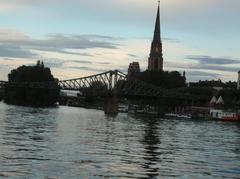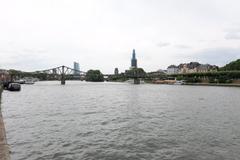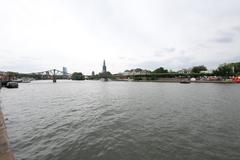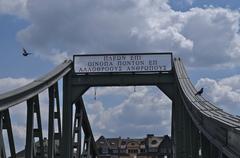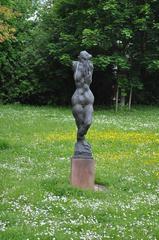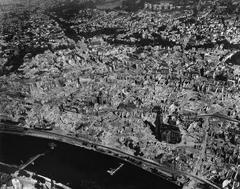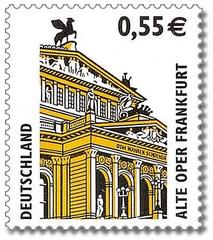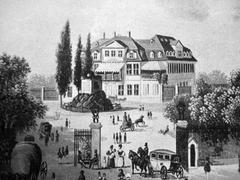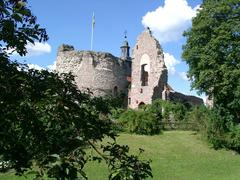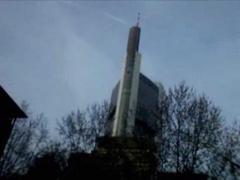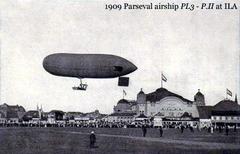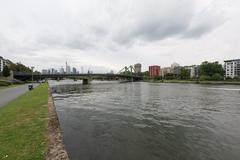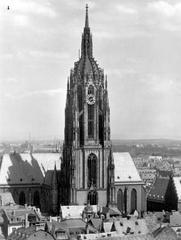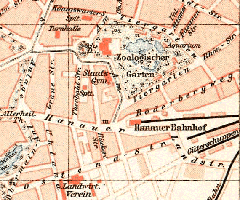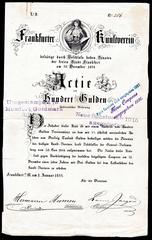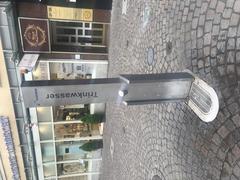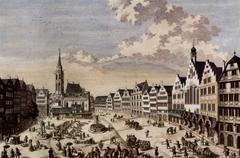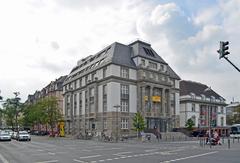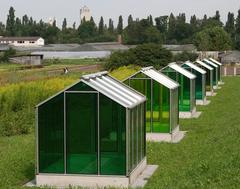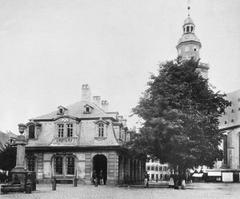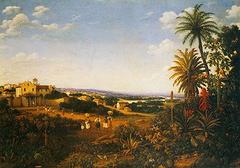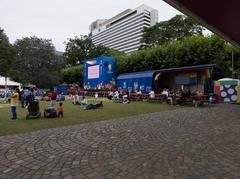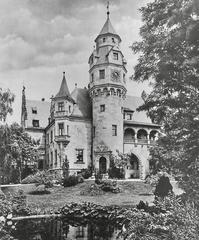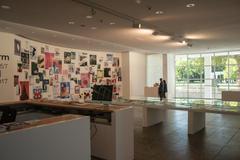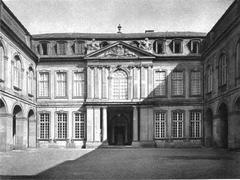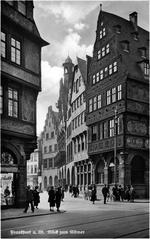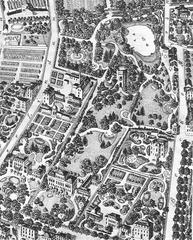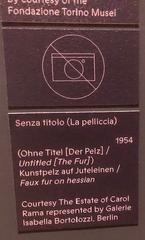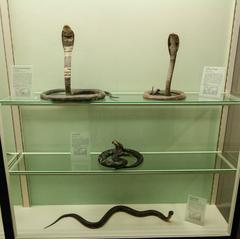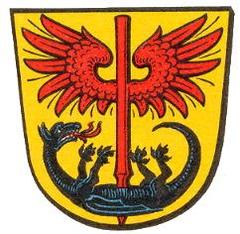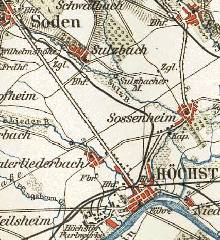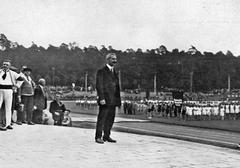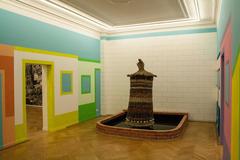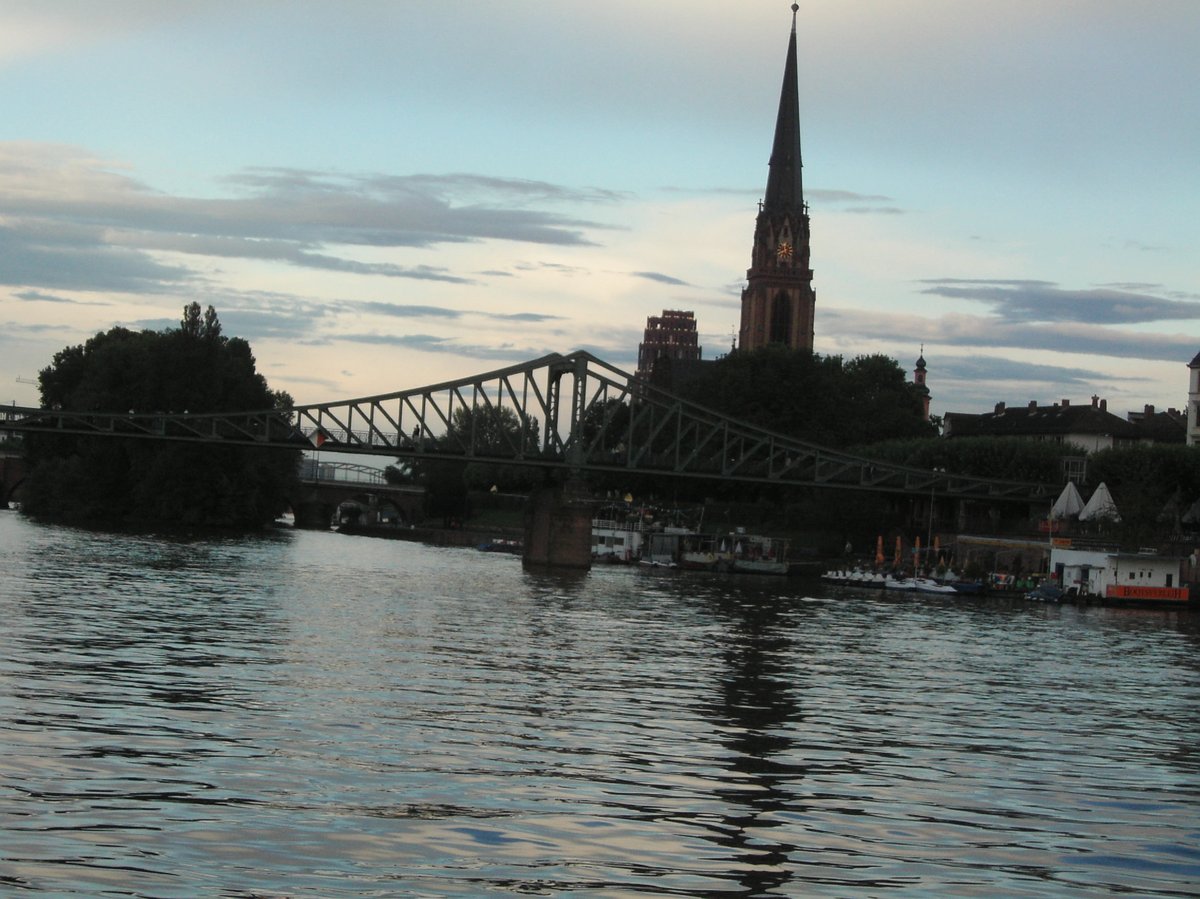
Visiting Eiserner Steg: History, Tickets, and Travel Tips
Date: 17/07/2024
Introduction
Eiserner Steg, also known as the Iron Footbridge, is an iconic landmark and must-visit historical site located in Frankfurt am Main, Germany. This pedestrian bridge, spanning the Main River, is not only a marvel of 19th-century engineering but also a symbol of Frankfurt’s resilience and cultural vibrancy. Originally constructed in 1868 during a period of rapid industrialization, the bridge has undergone several renovations and rebuilds, reflecting significant historical events, including its destruction during World War II and subsequent reconstruction in 1946. Today, the Eiserner Steg continues to serve as a vital connection between the bustling city center and the more residential Sachsenhausen district, while also attracting tourists with its stunning views, love locks tradition, and rich historical backdrop (Frankfurt Tourism). Whether you’re a history enthusiast, a romantic, or a traveler seeking picturesque spots, the Eiserner Steg offers a multifaceted experience that is both educational and visually captivating.
Table of Contents
- Introduction
- History of Eiserner Steg
- Cultural and Historical Significance
- Architectural Features
- Visitor Information
- Preservation Efforts
- FAQ
- Conclusion
History of Eiserner Steg
Construction and Early Years
The Eiserner Steg, or Iron Footbridge, was originally constructed in 1868, a period marked by rapid industrialization and urban development in Germany. The bridge was built to connect the city center with the Sachsenhausen district, facilitating the movement of people and goods across the Main River. The design and construction were overseen by the city’s municipal authorities, who recognized the need for a reliable and efficient crossing to support the growing population and economic activities.
The bridge’s construction was a significant engineering feat at the time. It was built using wrought iron, a material that was both strong and relatively lightweight, making it ideal for spanning the river. The original structure featured a truss design, which provided the necessary strength and stability while allowing for a relatively open and airy appearance. This design choice not only met the functional requirements but also contributed to the bridge’s aesthetic appeal.
Renovations and Rebuilds
Over the years, the Eiserner Steg has undergone several renovations and rebuilds, reflecting the changing needs and technological advancements of the times. The first major renovation occurred in 1912, when the bridge was widened to accommodate the increasing pedestrian traffic. This renovation involved the addition of new trusses and the reinforcement of the existing structure, ensuring that the bridge could continue to serve the city’s growing population.
The most significant rebuild took place after World War II. In March 1945, the bridge was destroyed by retreating German troops in an effort to slow the advance of Allied forces. This destruction was part of a broader strategy of scorched earth tactics employed by the German military during the final stages of the war. The loss of the Eiserner Steg was a significant blow to the city, as it disrupted the vital connection between the city center and Sachsenhausen.
In the immediate post-war period, the city of Frankfurt prioritized the reconstruction of the Eiserner Steg. The bridge was rebuilt in 1946, just one year after the end of the war. The new structure closely followed the original design, maintaining the truss construction and wrought iron materials. This decision was likely influenced by both practical considerations and a desire to preserve the historical and cultural significance of the bridge. The rapid reconstruction of the Eiserner Steg was a testament to the resilience and determination of the people of Frankfurt in the face of adversity.
Modern Enhancements
In recent decades, the Eiserner Steg has continued to evolve, incorporating modern enhancements while preserving its historical character. One of the most notable changes has been the addition of love locks, a tradition that has become popular in many cities around the world. Couples attach padlocks to the bridge’s railings and throw the keys into the river below, symbolizing their enduring love. This practice has added a new layer of cultural significance to the bridge, making it a popular destination for both locals and tourists.
In 1993, the bridge underwent another significant renovation to address structural issues and ensure its continued safety and functionality. This renovation included the replacement of some of the original iron components with modern materials, as well as the installation of new lighting and safety features. These updates have helped to preserve the bridge’s historical integrity while ensuring that it meets contemporary standards for safety and accessibility.
Cultural and Historical Significance
The Eiserner Steg holds a special place in the cultural and historical landscape of Frankfurt. It is not only a functional piece of infrastructure but also a symbol of the city’s resilience and adaptability. The bridge has witnessed and withstood numerous historical events, from the industrial boom of the 19th century to the devastation of World War II and the subsequent reconstruction efforts.
The bridge’s significance is further underscored by its role in the daily lives of Frankfurt’s residents. It serves as a vital link between the bustling city center and the more residential Sachsenhausen district, facilitating the flow of people and commerce. The Eiserner Steg is also a popular spot for leisure activities, such as walking, jogging, and sightseeing, offering stunning views of the Main River and the Frankfurt skyline.
Architectural Features
The architectural features of the Eiserner Steg are a testament to the engineering prowess of the 19th century. The bridge’s truss design, characterized by its interconnected triangular components, provides both strength and stability. This design allows the bridge to span a considerable distance without the need for additional supports in the river, minimizing the impact on the waterway and maintaining an unobstructed passage for boats and ships.
The use of wrought iron in the construction of the Eiserner Steg was a cutting-edge choice at the time. Wrought iron is known for its durability and resistance to corrosion, making it an ideal material for a bridge exposed to the elements. The iron components were meticulously crafted and assembled, resulting in a structure that is both functional and aesthetically pleasing.
Visitor Information
Visiting Hours and Tickets
Eiserner Steg is open to the public 24/7, making it a convenient stop at any time of day. There are no ticket fees to access the bridge, allowing visitors to enjoy this piece of history free of charge.
Travel Tips
- Best Time to Visit: Early mornings and late afternoons offer the best lighting for photography and fewer crowds.
- Getting There: The bridge is easily accessible by public transportation. You can take the S-Bahn to the Hauptwache station or the U-Bahn to the Dom/Römer station.
- Nearby Attractions: After visiting the Eiserner Steg, you can explore nearby attractions such as the Römer, St. Bartholomew’s Cathedral, and the Museumsufer.
- Accessibility: The bridge is wheelchair accessible, ensuring that all visitors can enjoy its beauty.
Special Events and Guided Tours
The Eiserner Steg is often featured in guided tours of Frankfurt, providing historical context and interesting anecdotes. Additionally, the bridge is sometimes used as a venue for special events and cultural activities, adding to its vibrant atmosphere.
Photographic Spots
For the best photos, consider capturing the bridge from both the north and south banks of the Main River. The views of the Frankfurt skyline from the bridge itself are also spectacular, especially during sunrise and sunset.
Preservation Efforts
Preservation efforts for the Eiserner Steg have been ongoing, reflecting the city’s commitment to maintaining this historical landmark. These efforts have included regular inspections and maintenance to address any structural issues and prevent deterioration. The city has also implemented measures to protect the bridge from vandalism and other forms of damage, ensuring that it remains a safe and welcoming space for all visitors.
In recent years, there has been a growing recognition of the importance of preserving historical landmarks like the Eiserner Steg. These structures serve as tangible links to the past, providing valuable insights into the history and culture of a city. The preservation of the Eiserner Steg is not only about maintaining a functional piece of infrastructure but also about honoring the legacy of the generations who built and maintained it.
FAQ
Q: What are the Eiserner Steg visiting hours?
A: The bridge is open 24/7.
Q: Is there an entrance fee for Eiserner Steg?
A: No, access to the bridge is free.
Q: How can I get to Eiserner Steg?
A: The bridge is accessible via S-Bahn to Hauptwache or U-Bahn to Dom/Römer.
Q: Are there any guided tours available?
A: Yes, Eiserner Steg is featured in many guided tours of Frankfurt.
Q: Is Eiserner Steg wheelchair accessible?
A: Yes, the bridge is wheelchair accessible.
Conclusion
The Eiserner Steg stands as a testament to Frankfurt’s rich history, resilience, and cultural significance. From its construction in the 19th century to its modern-day enhancements, the bridge continues to be a vital part of the city’s landscape. Whether you’re interested in history, architecture, or simply looking for a scenic spot to visit, Eiserner Steg offers something for everyone. Don’t forget to check out nearby attractions and take some memorable photos during your visit. For more detailed information, you can visit the official Frankfurt tourism website.
References
- Frankfurt Tourism, 2023, Frankfurt Tourism
- Römerberg, 2023, Frankfurt Tourism
- Frankfurt Cathedral, 2023, Frankfurt Cathedral
- Museumsufer, 2023, Museumsufer
- Kleinmarkthalle, 2023, Kleinmarkthalle
- MainNizza, 2023, MainNizza
- Mainfest, 2023, Frankfurt Tourism
- Frankfurt Christmas Market, 2023, Frankfurt Tourism
